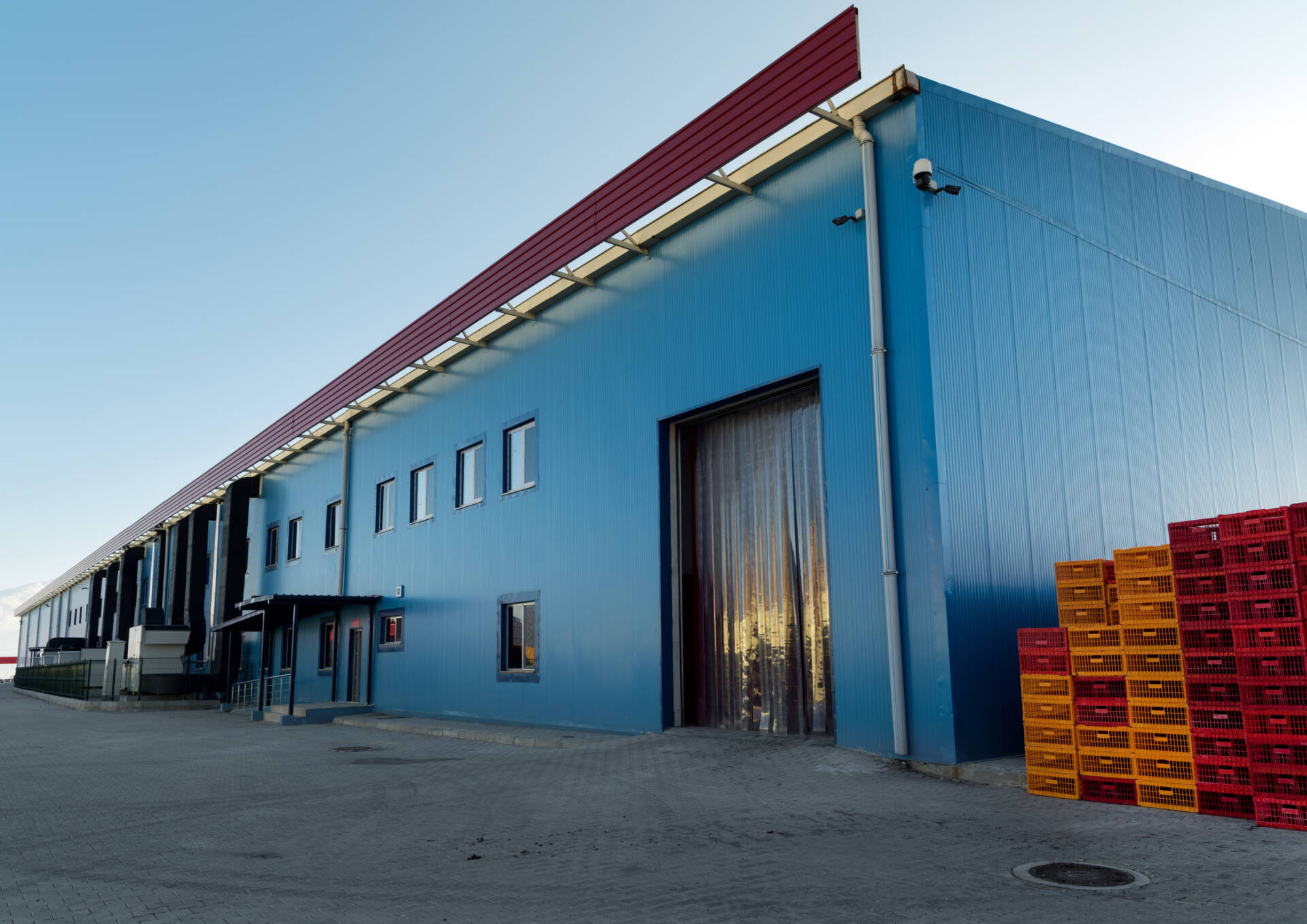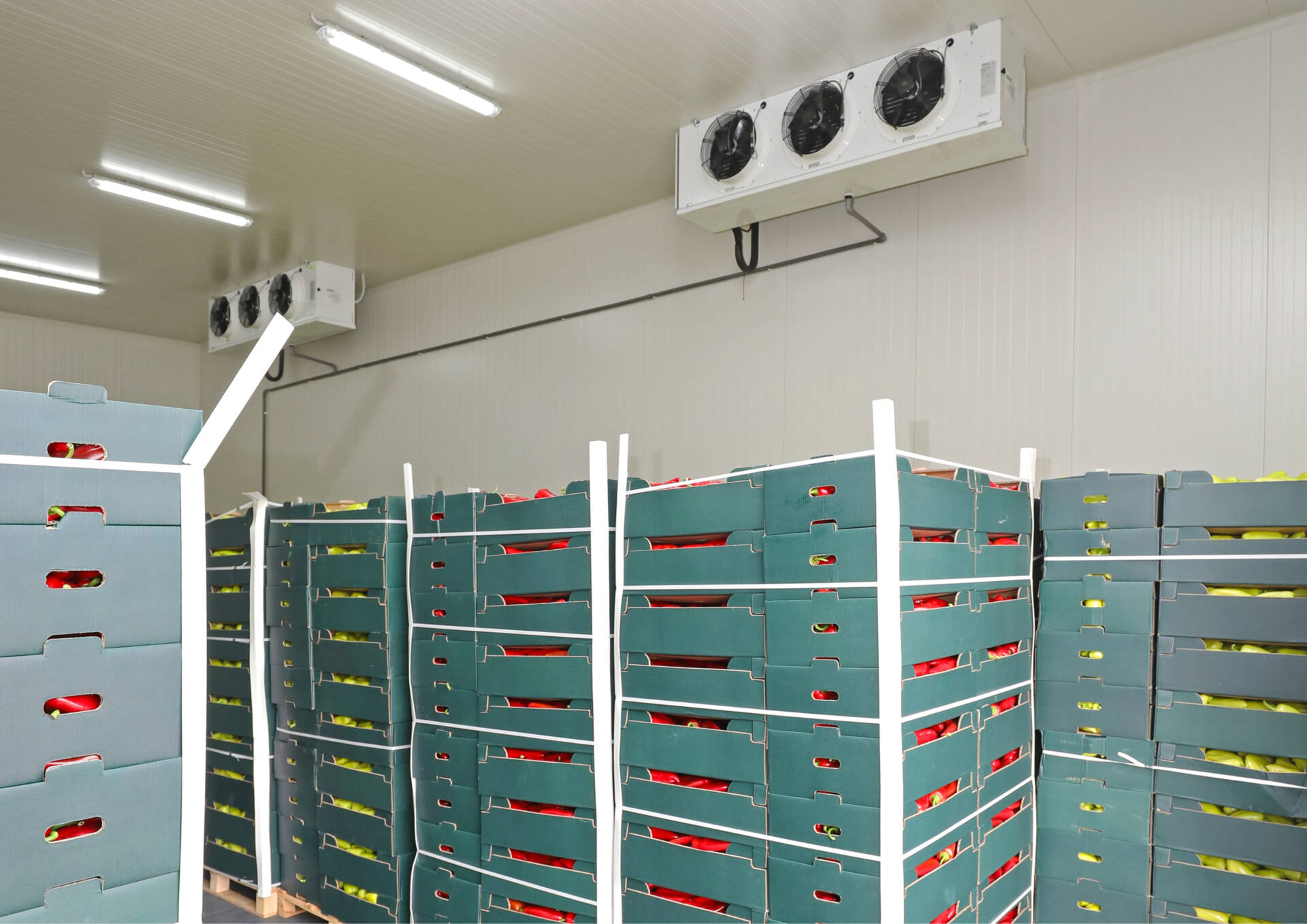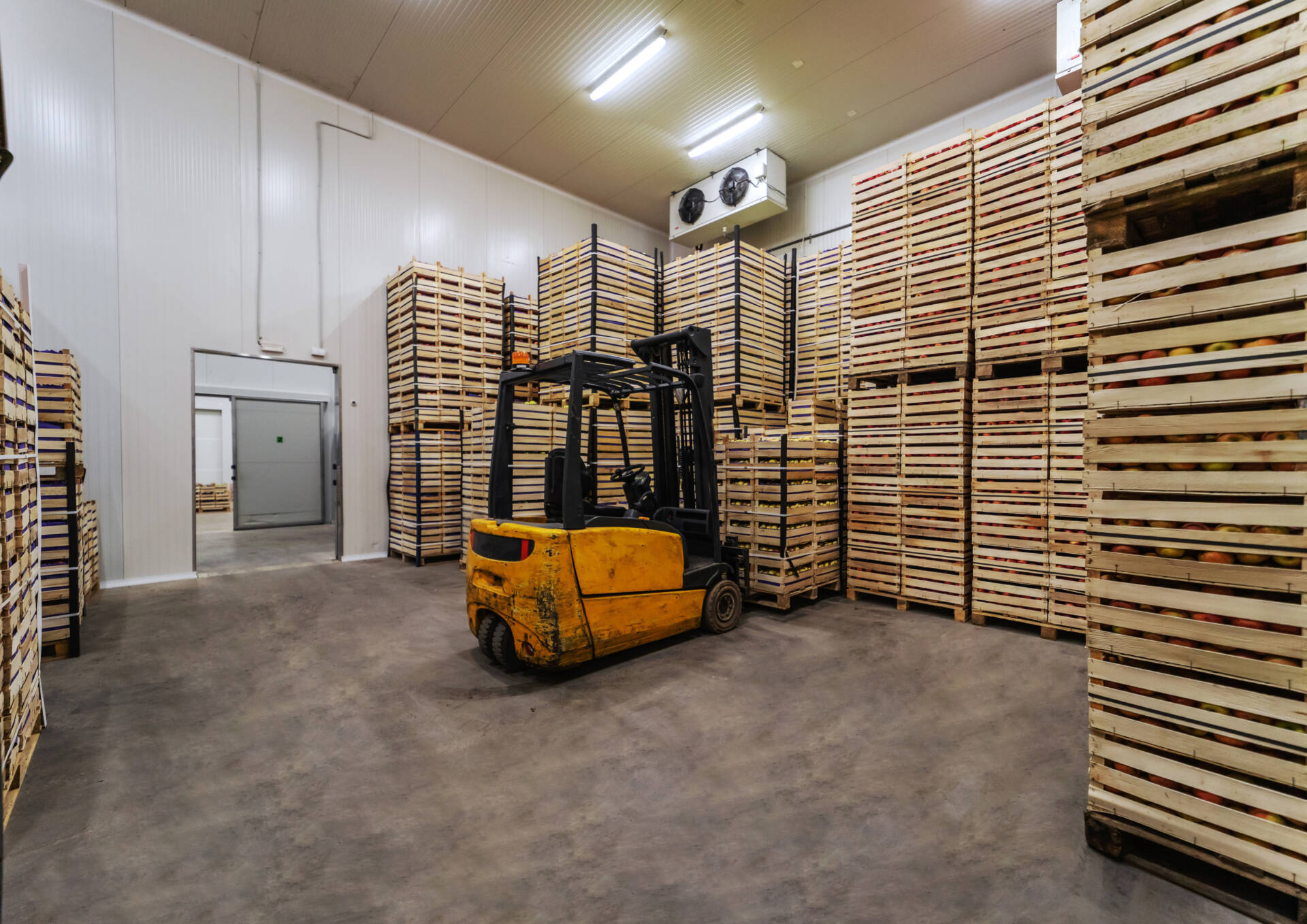Detailed Report On Cold Storage Business Plan
A Cold Storage Business Plan outlines the strategy for a facility to store perishable goods at low temperatures. It focuses on ensuring food safety, reducing wastage, and meeting the demand for chilled and frozen products in the market.
Introduction

Detailed Report on Cold Storage Business Plan is as follows.
The preservation and storage of objects, products, or data at low temperatures in order to extend their shelf life, preserve quality, or ensure data integrity is known as cold storage. Cold storage is used in a variety of industries, including agriculture, food processing, pharmaceuticals, information technology, and others.
The underlying concept behind cold storage is to inhibit the natural decay, spoiling, and degradation processes that occur at higher temperatures. The corporate description goes into additional information about the history, goals, and vision of the cold storage facility. It introduces the company’s founders or management team, their backgrounds, and their motivation for launching the firm. This section also examines the value proposition of the cold storage facility and how it expects to satisfy the demands of its target market and clients.
A cold storage facility is a building designed to keep perishable items like meals cold. The cold storage compartment’s temperature and relative humidity are controlled at the proper values. A refrigeration and air conditioning application is cold storage. In cold storage, temperatures can range from +20°C to -100°C, while relative humidity can range from 95% to very low levels. The type of stored items determines the temperature and humidity conditions that must be maintained. A temperature range of 0° to 5° C and a relative humidity range of 80 to 90% are required for vegetable storage. Similarly, the temperatures required for milk processing and fish quick freezing are 4 to 5°C and -30°C, respectively. Despite extreme temperature swings, the facility must remain operating throughout the entire year.
Cold storage is also widely utilized in the pharmaceutical industry to extend the shelf life and efficacy of drugs and vaccines. Many pharmaceuticals and immunizations require specific temperature settings to operate properly, and any deviation from the recommended storage temperatures may render them useless, if not dangerous. Pharmaceutical companies invest in specialized cold storage solutions such as cool rooms and temperature-controlled transport that preserve the integrity of their goods along the supply chain. Technology and methods for cold storage are continually improving. For example, the increased use of renewable energy sources such as solar and wind energy is being studied as an approach of powering cold storage facilities while reducing their environmental effect. Furthermore, researchers and engineers are continually striving to enhance the design and efficiency of cold storage equipment in order to achieve higher temperature control and reduced energy consumption.

Detailed Report Sample On Cold Storage Business Plan




Market Potential Of
Cold Storage Business Plan
The global cold storage market was valued at USD 112 billion in 2021 and is expected to reach USD 330.2 billion by 2030, increasing at an 11.6% CAGR from 2022 to 2030.
The growing popularity of frozen items and the rise of the organized retail business have increased demand for cold storage, resulting in a global market boom. The anticipated term for the cold storage market study is 2019 to 2025. As a result, the global market for cold storage is expected to reach 212.54 billion US dollars by 2025.
In terms of revenue, the production stores segment dominated the market in 2022 and is expected to expand at the fastest pace of 18.6% during the forecast period. Fruits and vegetables may be stored in bulk in this type of warehouse, which can also be used to extend the shelf life of other bulk commodities such as wheat, culinary ingredients, and canned goods by avoiding spoilage or sheltering them from the sun. Ports are expected to increase significantly as well. Building refrigerated warehouses near ports can help with the customs operations required to import and export temperature-sensitive products. Government efforts to establish multimodal transportation infrastructure in developing countries such as China and India are likely to drive the segment’s growth.
Contents of Project Report
A project report helps you identify whether a project is worth pursuing. It presents the holistic view and brings complete insight of the business and its activity.
It acts as a guide for all the business operations, aids in taking all financial decisions related to the existing businesses and to the start-ups. It serves as roadmap to the business and provides information to the outsider who are wanting to know more about the business.
You will have the opportunity to build new goals and expansion ideas in one single document. Everyone, from the banks to potential investors, will need to have a look at the project report before they shell out any money.
A well drafted project report generally consists details about:
- Brief History of the Business
- The Promoters
- SWOT Analysis
- Industry Outlook
- Past Financial Statements
- Projected Financial Statements
- Infrastructure and Human Resource required
- CMA data
- Business model
- Requirement of Working Capital Funds
- Means of Finance
Other relevant information, if any.
